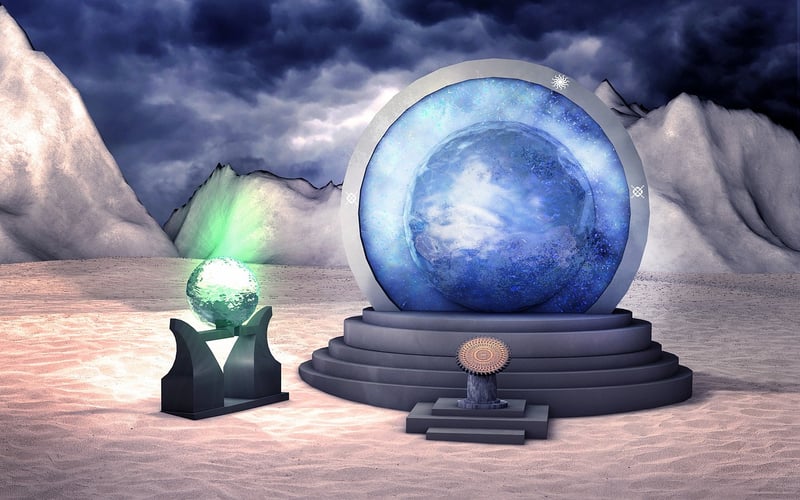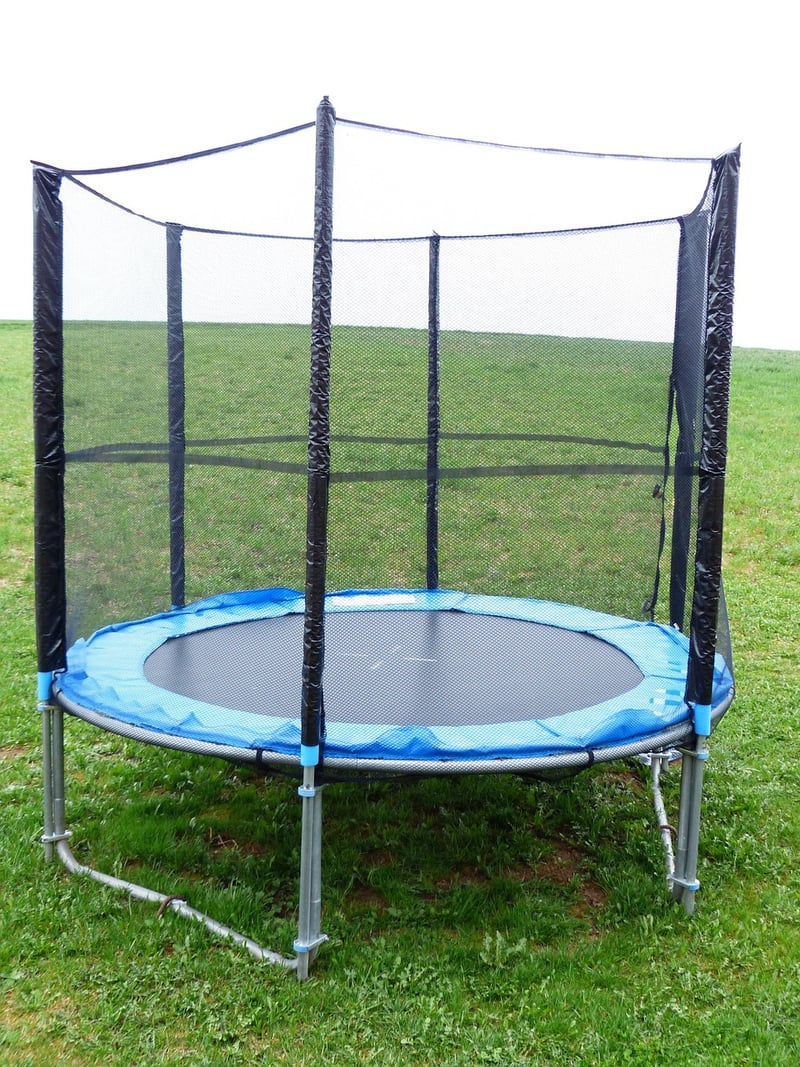Quantum Leap Devices
Exploring Time Travel: Methods and Quantum Leap Devices
The Concept of Time Travel
Time travel has been a captivating subject in science fiction for decades, but is it actually possible? While the idea of traveling through time has not been proven scientifically, there are theoretical possibilities that have intrigued scientists and enthusiasts alike.
Methods of Time Travel Exploration
There are several theoretical methods that have been proposed for exploring time travel:
- Wormholes: Wormholes are tunnels that theoretically connect two points in spacetime, potentially allowing for travel between different times.
- Time Dilation: According to Einstein's theory of relativity, time dilation occurs when an object is moving at speeds approaching the speed of light, effectively slowing down time for that object relative to a stationary observer.
- Cosmic Strings: Cosmic strings are hypothetical 1-dimensional topological defects in the fabric of spacetime that could theoretically create closed timelike curves, enabling time travel.
Quantum Leap Devices
One of the most iconic time travel devices in popular culture is the Quantum Leap Accelerator from the TV series "Quantum Leap." In the show, physicist Dr. Sam Beckett uses the Quantum Leap Accelerator to "leap" into the bodies of people in different time periods, correcting historical mistakes and making a positive impact on the past.
While the Quantum Leap Accelerator is fictional, the concept of quantum leaping has inspired discussions about the nature of time travel and the possibilities of quantum mechanics.
Image of Quantum Leap Accelerator:

Conclusion
Time travel remains a fascinating topic that pushes the boundaries of our understanding of the universe. While we may not have actual Quantum Leap devices yet, exploring the theoretical methods of time travel allows us to delve into the possibilities of what could be.
